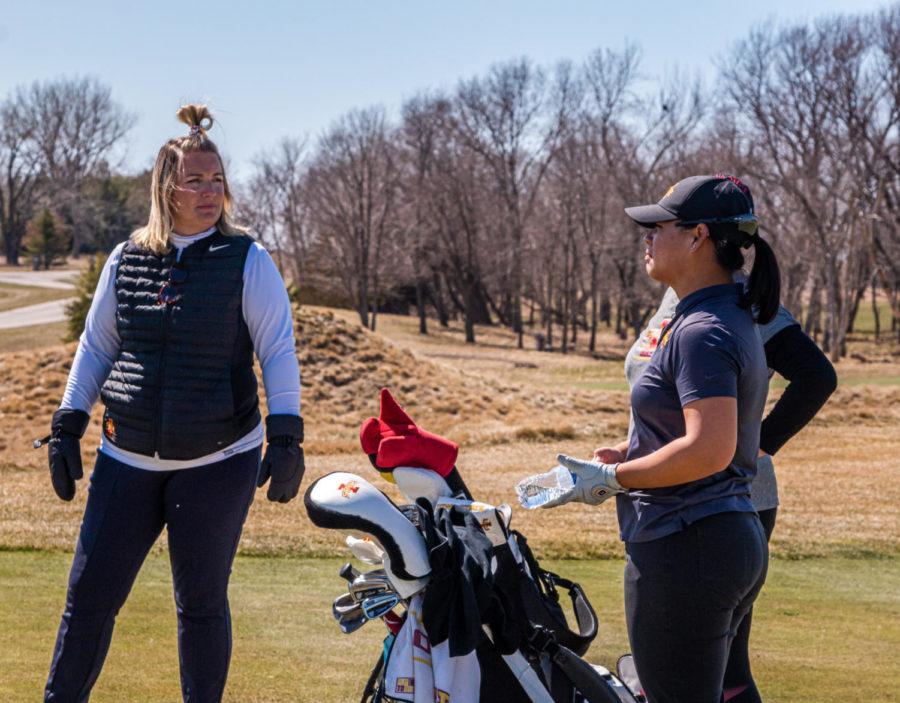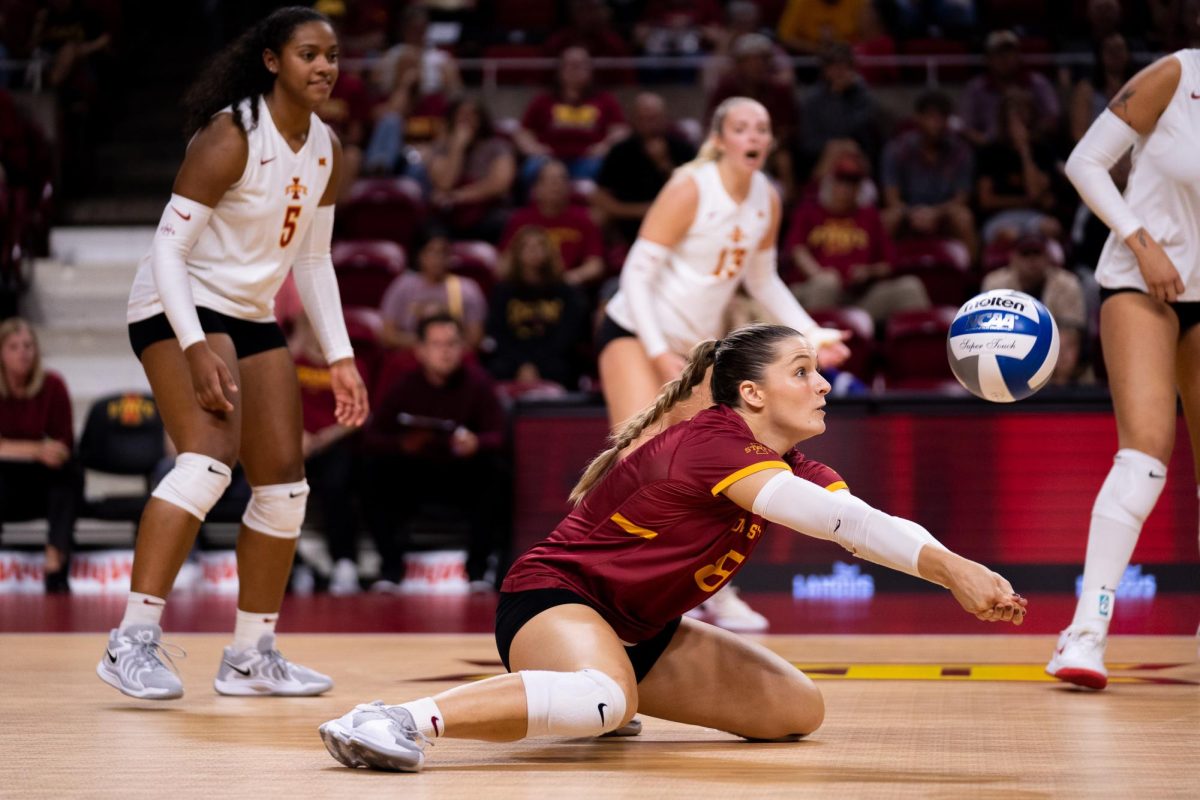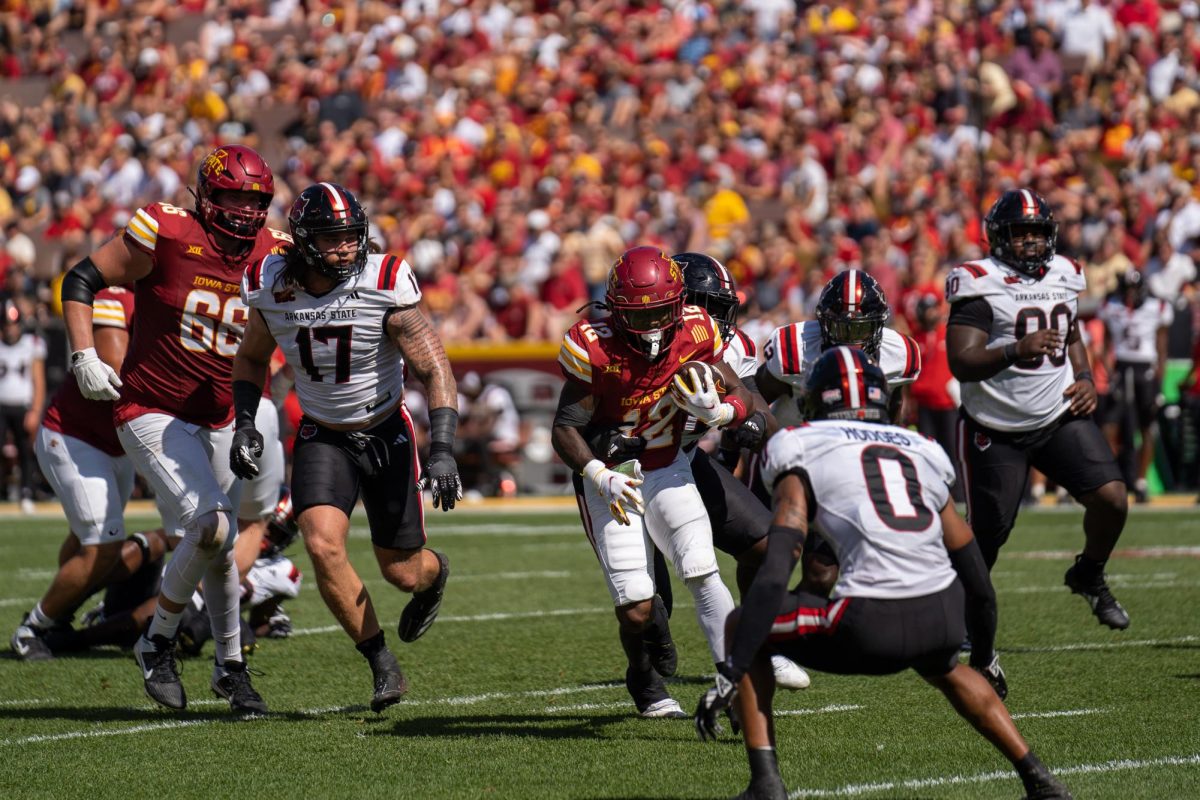Students question value of evaluations
December 4, 1998
Look for professors to be toting around a lot of pencils these days — it’s course evaluation time.
Every semester, students and professors are required to participate in course evaluations, but not everyone views them in the same way.
The purpose of the evaluations is to give instructors feedback so they know what’s working and what might need adjustment in their courses.
The evaluations filled out by students in class are given to departmental administrators, who then tally results from the class, said Barbara Mack, professor of journalism and mass communication. After the course is finished, professors receive a copy of their rankings and comments from the students. The actual evaluation is never shown to the professors, Mack said.
Margaret Graham, professor of English and director of first-year composition, said the importance of evaluations may vary from instructor to instructor, but she thinks they generally take them seriously.
However, students sometimes are lax about completing evaluations.
“They ask some general questions that can be answered without the surveys,” said Scott St. Aubin, senior in psychology and sociology. “But I don’t really know that it’s up to us to decide some of the things that they ask on those evaluations.”
St. Aubin said he believes factors such as students’ performances in the class may distort responses.
“It’s been my experience that if someone is doing poorly in the class, no matter who the teacher is or if he or she is competent or not, that person will rate the instructor poorly, and [vice versa],” he said.
Beth Kassmeyer, freshman in consumer food science, said students occasionally use evaluations as a chance to obtain revenge against a professor.
“Some students use the evaluations as revenge or payback, but I disagree that it should happen,” Kassmeyer said. “Instead, I feel evaluations are beneficial to both students and professors.”
St. Aubin and Kassmeyer agreed that students should treat evaluations with respect.
“Since I don’t take the class again, I don’t really see if they make a difference or not, but I think that instructors can learn from them,” St. Aubin said. “They help things like the improvements that could be done.”
Graham said instructors who have rigorous standards often get lower evaluations than instructors who have more lax standards. Also, required courses often receive lower evaluations than courses students elect to take.
Students can help professors achieve their goals and aid in constructive criticisms by filling out the evaluations as honestly and completely as possible, Graham said.
“I encourage students to be utterly and absolutely honest, but to write an explanation,” she said. “Students’ opinions are incredibly valuable. I would, however, discourage students from taking cheap shots at professors.”
Graham said evaluations are combined with other information on teaching to help administrators make decisions about course appointments, salary and promotion. However, she said student evaluations usually won’t make or break a professor.
“Students’ comments are very important, but they are not the sole indicator of the success of a class or an instructor,” Graham said.
She said grade distribution, the kind of course being taught, teaching objectives and philosophy, teaching materials, professional development in teaching, research in teaching and letters from colleagues and experts who have observed the professors’ teaching also are used to assess professors’ performance.






